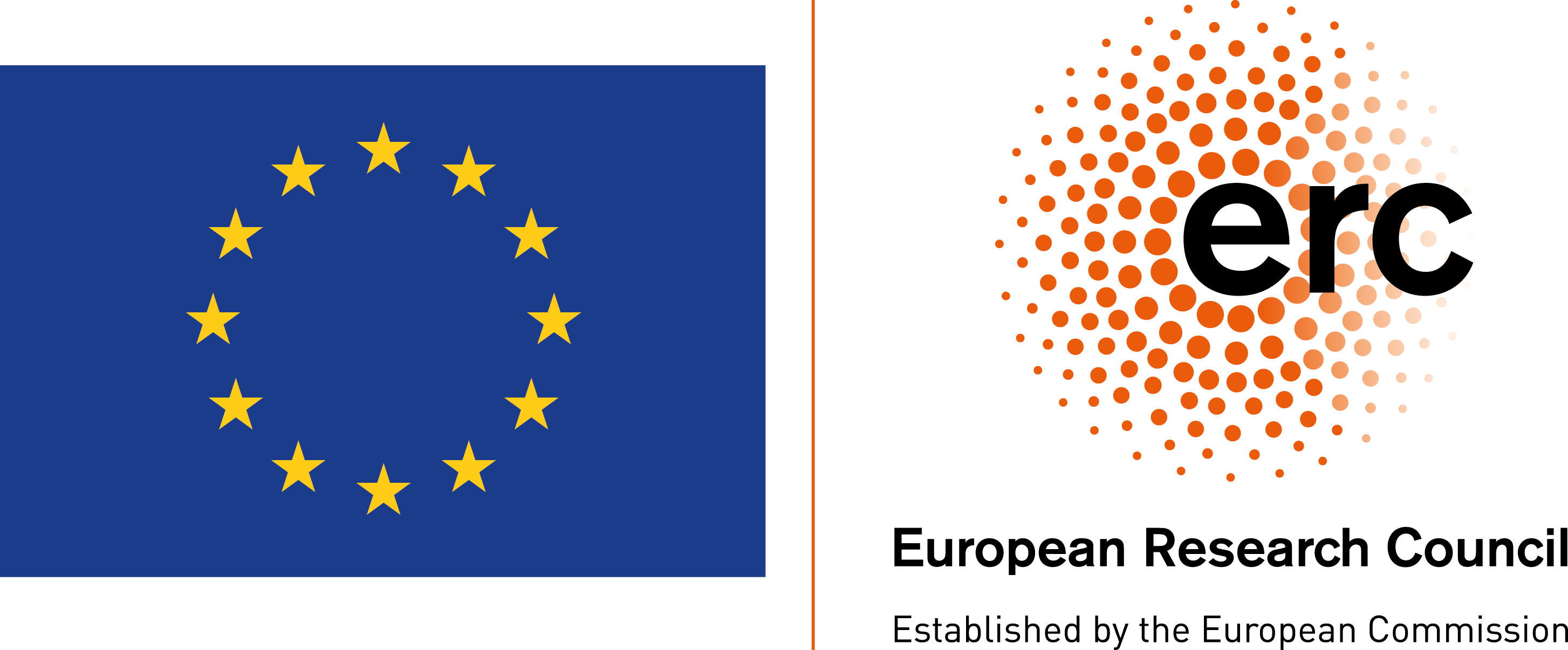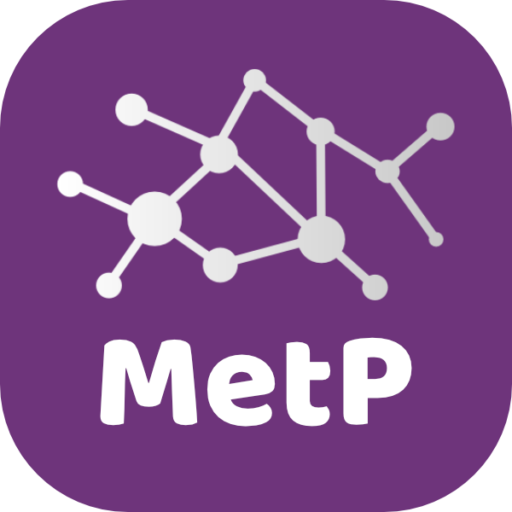ThermoFORGE (2025–2029)
Thermodynamic Framework for Observation-driven Rapid and accurate petrological modellinG
This project aims to improve predictive petrological models used to simulate mineral, melt, and fluid transformations in the Earth’s interior. These models, based on equilibrium thermodynamics, are essential for understanding tectonic, magmatic, and metamorphic processes and for estimating physical properties like density and seismic velocity. However, current models are limited by slow computational performance and inaccuracies in reproducing observed mineral compositions, for example across metamorphic field gradients respresenting the exposed continental crust. To address this, we will build an open-source database of natural mineral compositions—including major, minor, trace elements, volatiles (F, Cl), and iron speciation—from seven well-characterized metamorphic gradients. These data will be gathered using high-resolution compositional mapping of metapelites, which are representative and widely modeled rock types. Alongside a curated database of experimental results, this natural dataset will be used to test and optimise solution models within petrological software. A key output will be Thermofit.jl, an open-source inversion tool that integrates both natural and experimental data to refine thermodynamic parameters. We will also evaluate a new thermodynamic formalism and AI substitutes that could significantly accelerates Gibbs free energy minimisations. The project ultimately seeks to advance the accuracy and speed of petrological models, making them more reliable and accessible for applications across geoscience and planetary science. It will also establish a framework for future collaborative development of next-generation thermodynamic models driven by real-world observations.

PROMOTING (2020–2025)
PROgrade metamorphism MOdeling: a new petrochronological and compuTING framework


